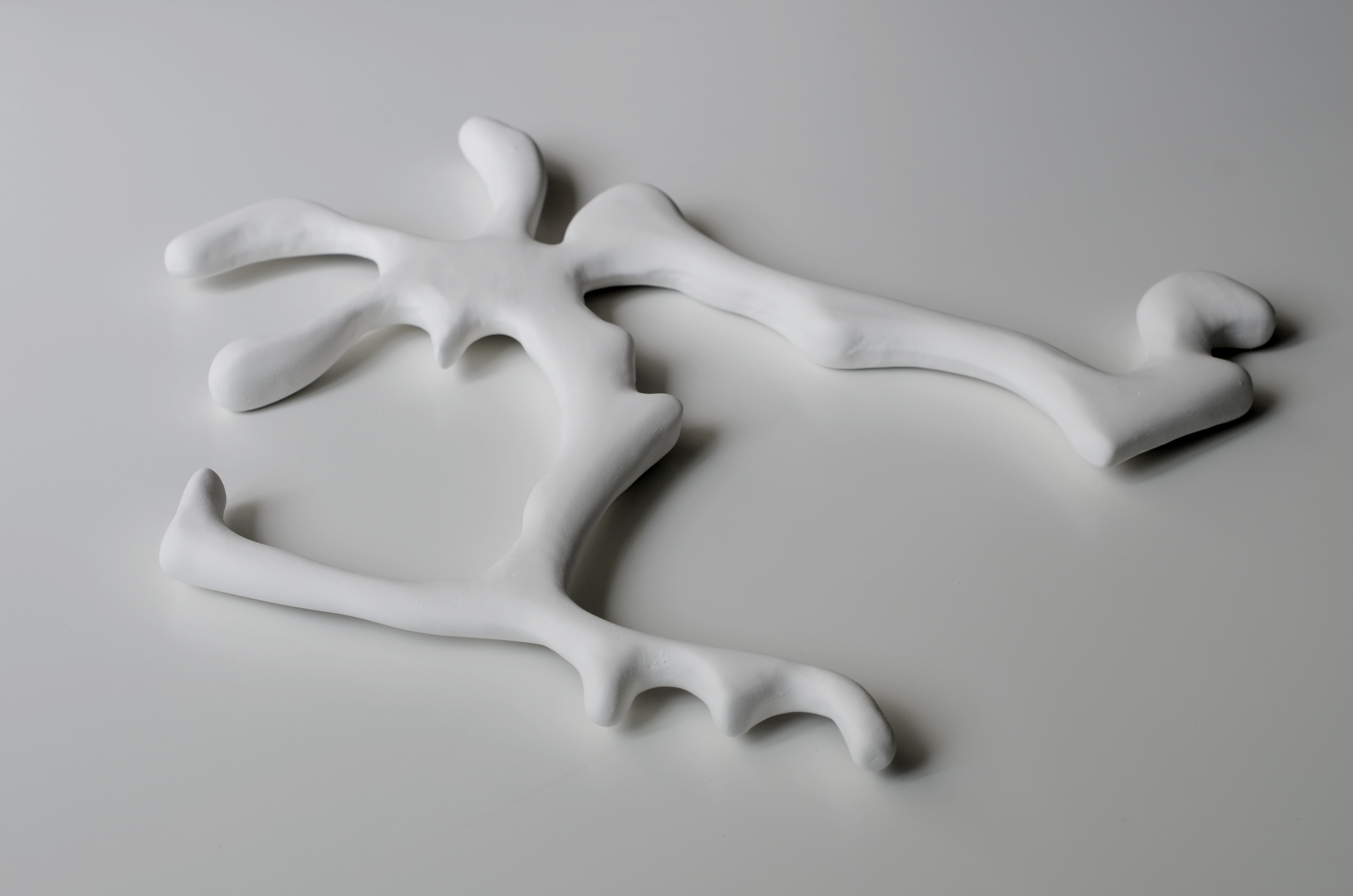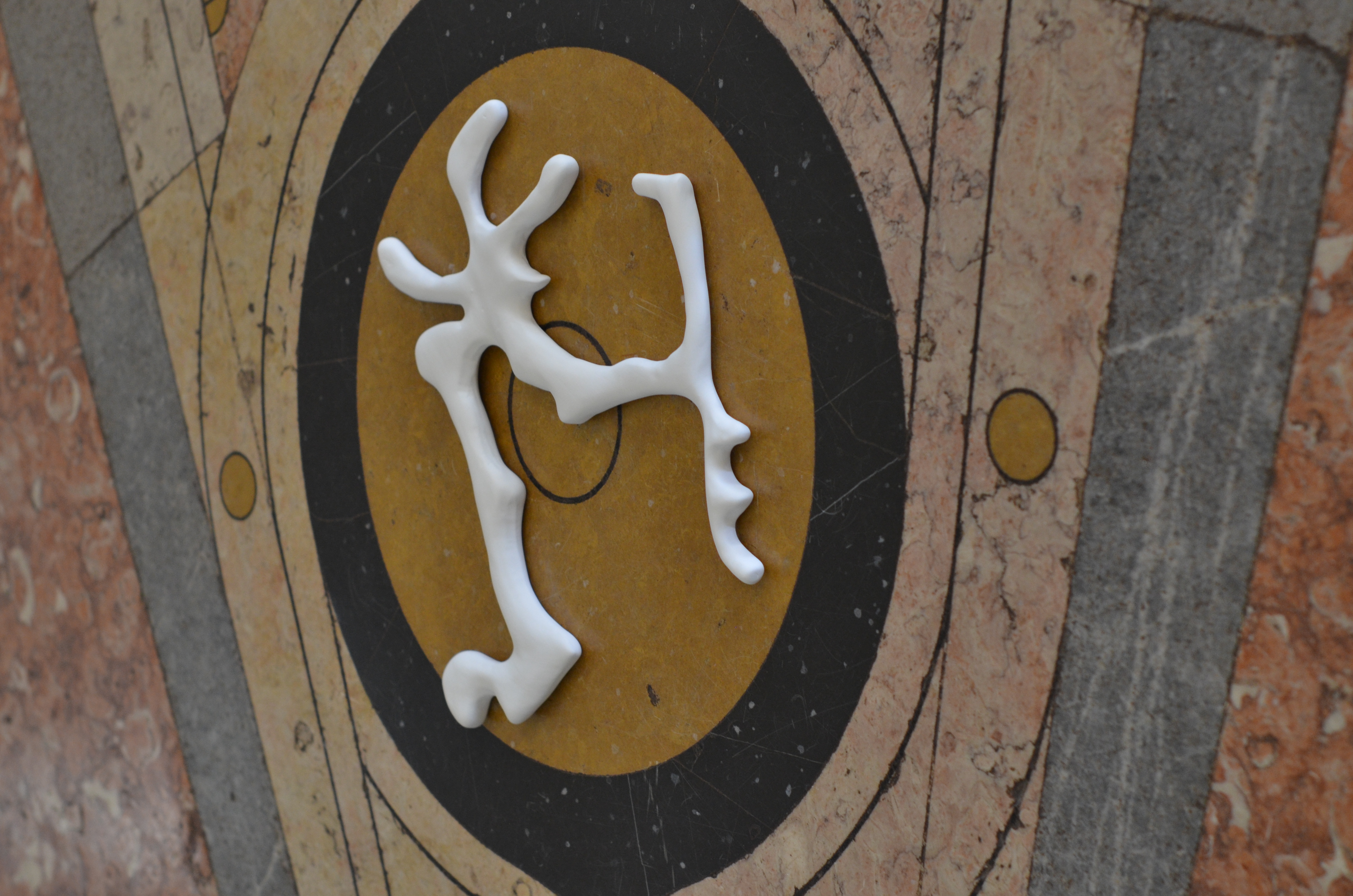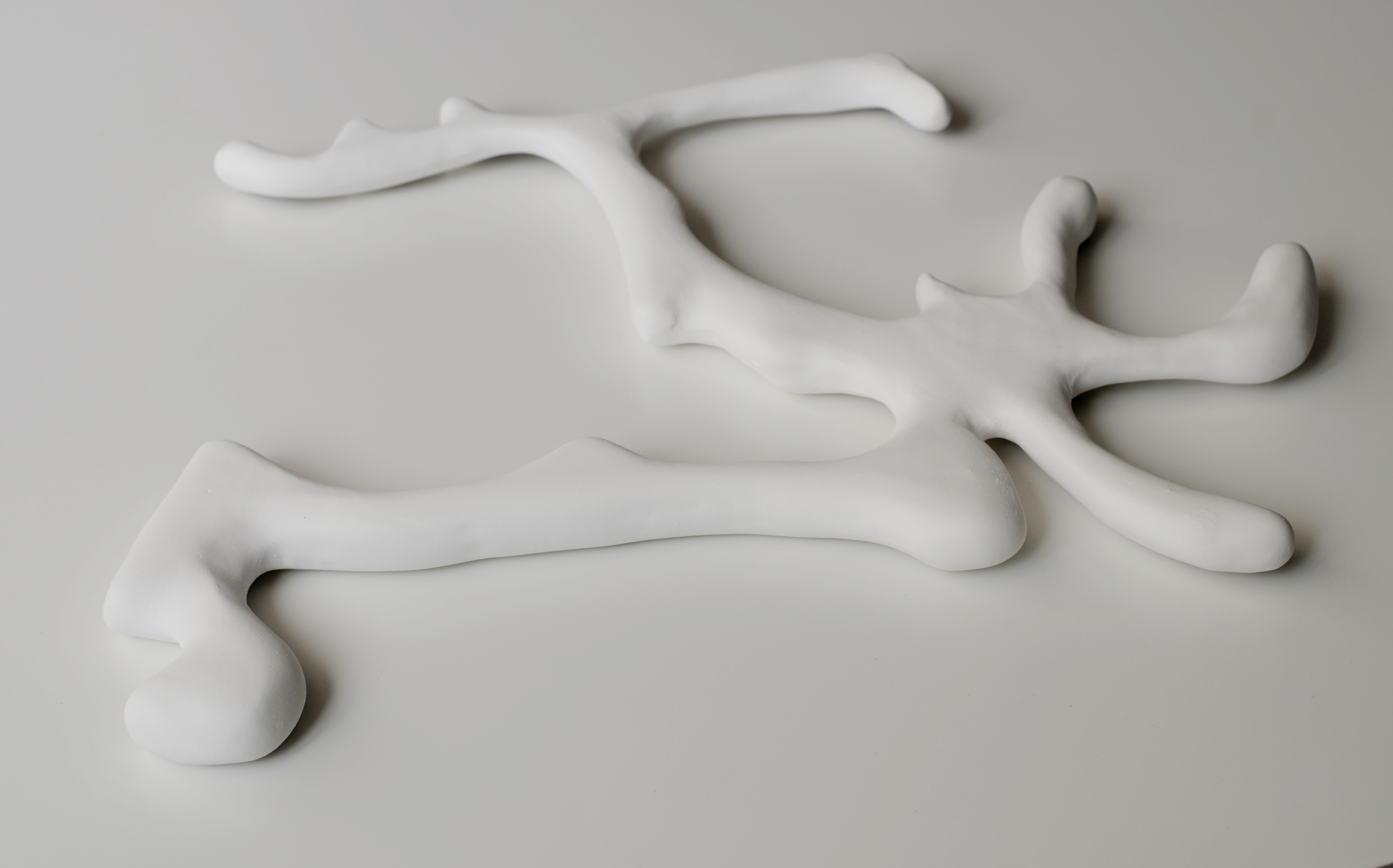GABRIEL Ribeiro & FRANCISCO Trêpa
WATCH NOW
PROJECT INFO
"Echo as Logic" is a project centered around two urban habitats chosen by Portuguese bats: the Mafra Palace Library and a bat-shelter in Tróia. The bats’ correspondence to each architecture has its own specificities which they tried to render visible through several acts of translation. The artists Gabriel Ribeiro (Brazil) and Francisco Trêpa (Portugal) were interested in exploring echoes as strategies for communication and locomotion, the potential of inter- species cooperation, bats as cultural agents, the organicity of archives, and others. Through a multimedia approach combining film, sound and sculpture their aim was to further expand on the indispensability of these creatures that have been so insistently vilified in popular culture.
PORTUGAL | VISUAL ARTIST & SCULPTOR
Gabriel Ribeiro (Rio de Janeiro, BR), BFA Fine Art Practice at Chelsea School of Art and Design, MFA Sculpture at Lisbon Academy of Fine Arts, MAUMAUS Independent Study Program participant.
Francisco Trêpa (Lisbon, PT) BFA Sculpture at Lisbon Academy of Fine Arts, MFA Multimedia Art at Lisbon Academy of Fine Art.
Both artists currently live and work in Lisbon, using both sculpture and video as mediums to explore themes surrounding humanity's relation to nature and the un-natural.
"We can imagine what it might be like to be nocturnal to have webbing on our arms, to be able to fly to have poor vision and perceive the world through high-frequency sound signals, and to spend our time hanging upside down. But even if we can imagine all of these things, it only tells us what it is like for me to be a bat, or for me to behave as a bat behaves. It does not tell us what it is like for a bat to be a bat." - Thomas Nagel
Our project Echo As Logic began by taking the presence of bats at the Mafra Palace Library as a conceptual framework and starting point. Their cultural agency as archive conservators and the bat-library symbiotic relation clearly illustrates the role of animals in the constitution of human culture.
Through an examination of deteriorated books from the archive, we began working on sculpture pieces inspired by the excavations and marks left by bookworms on paper, a kind of deterioration that’s directly impeded by the bats diet.
We were interested in thinking about the organic materiality of archives; specially at a time where the notion of storage can be progressively more abstract and immaterial. Archives can be bitten off, chewed and swallowed, after all.
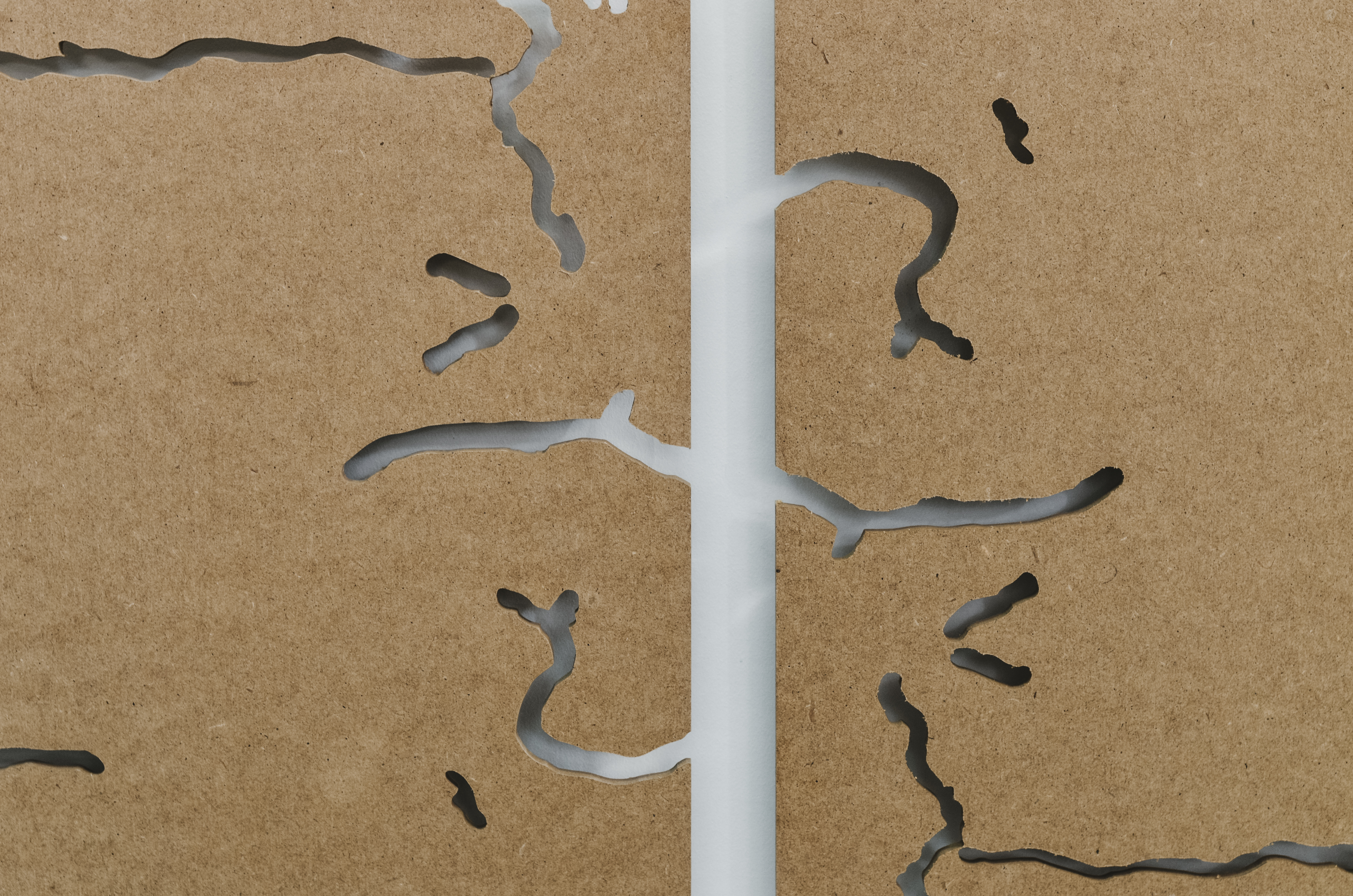
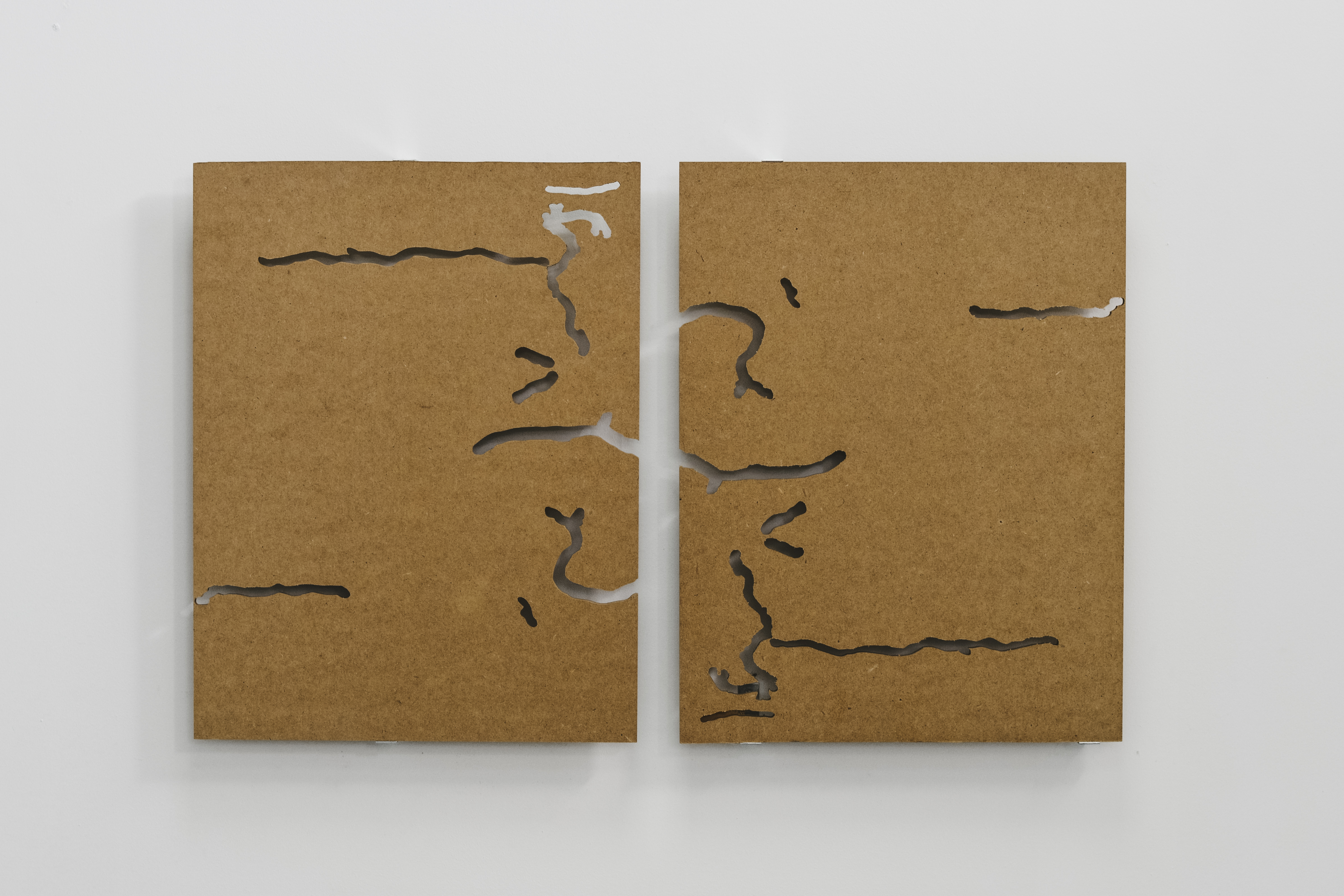
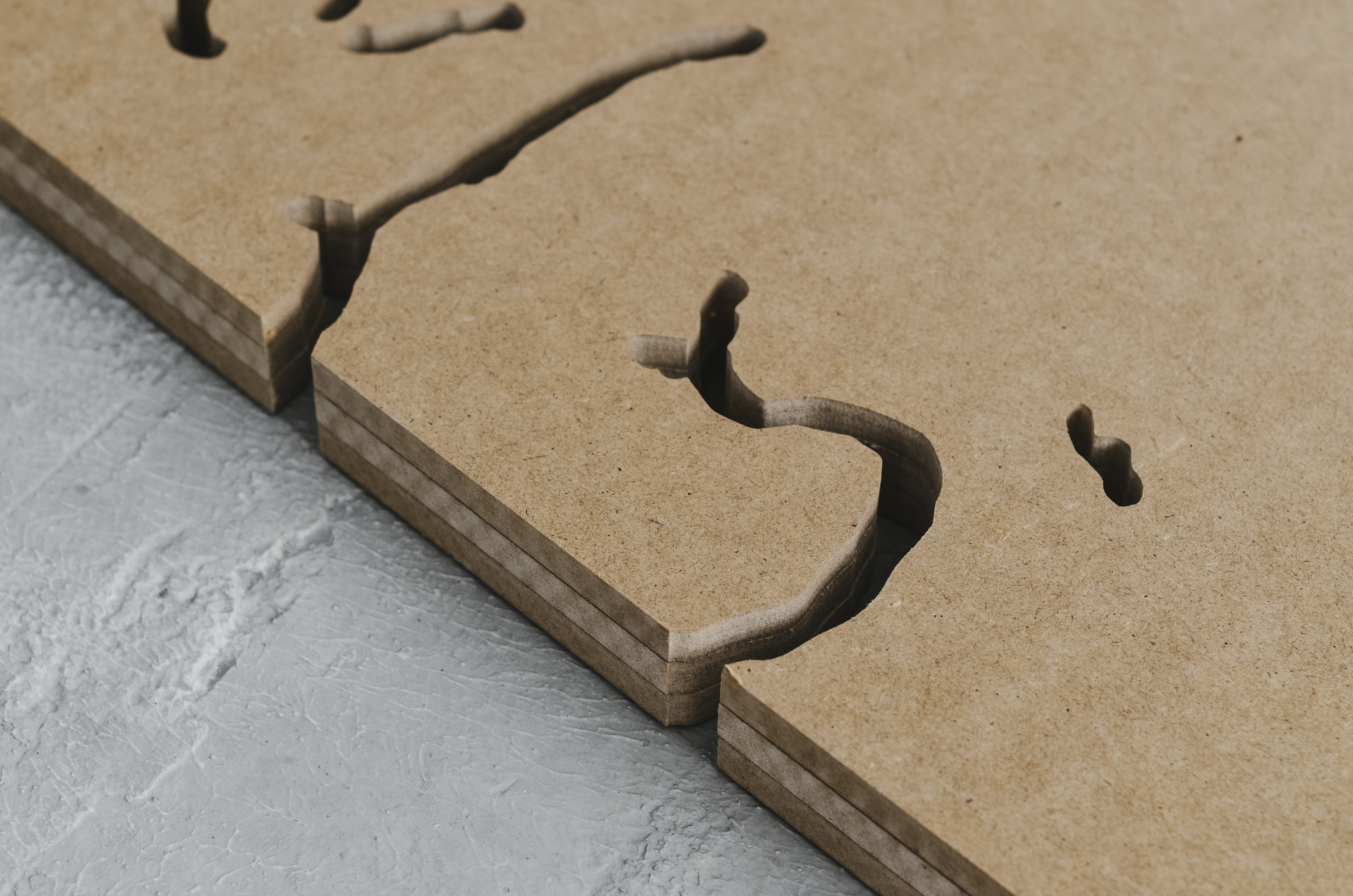

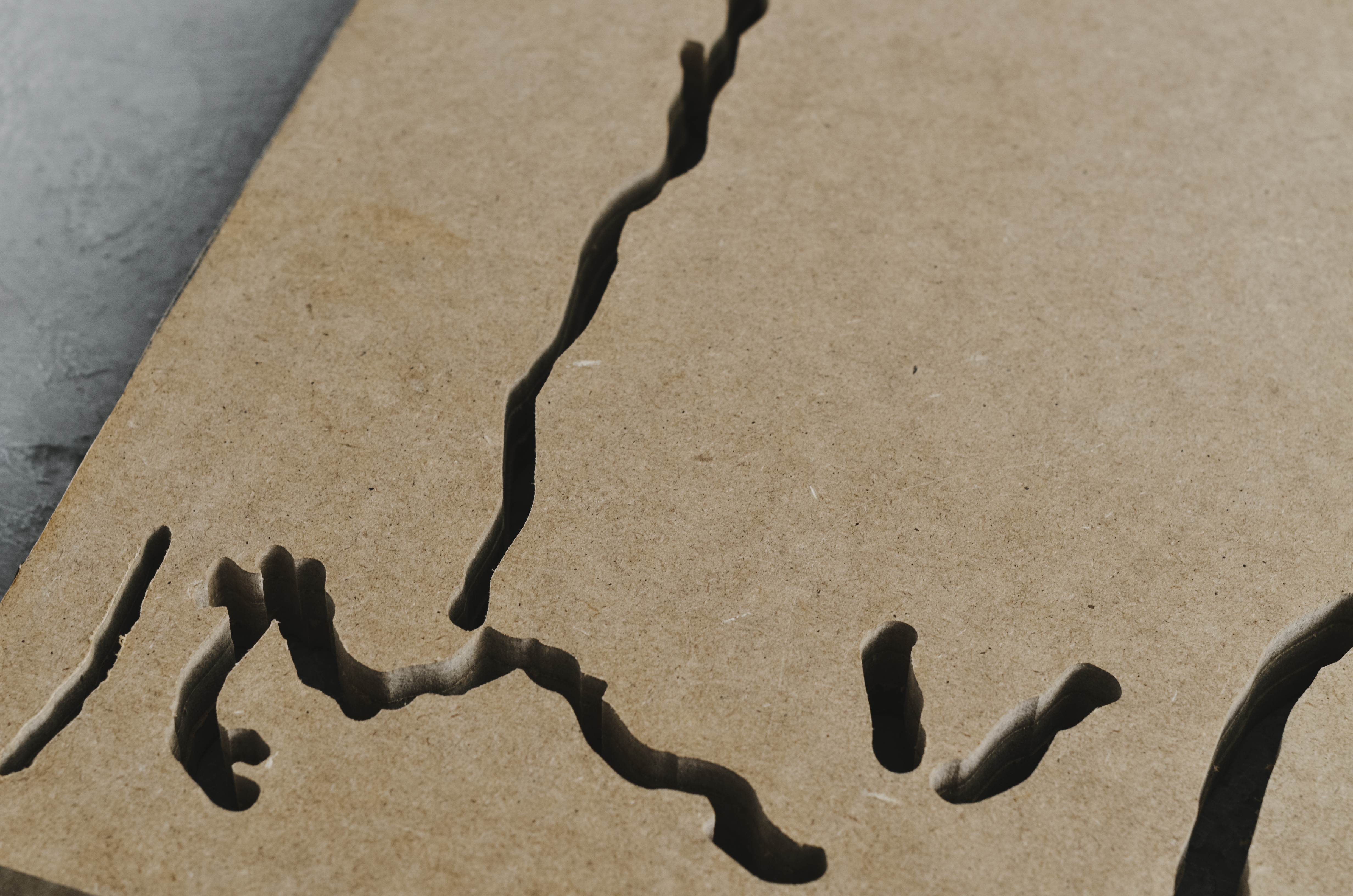

Another point of interest which resulted in sculpture pieces was the use of spectrograms. Spectrograms are visual renderings of sound frequencies which are used to detect different species of bats through their chirping sounds. The particular chirping of each species not only sounds different but looks different, if one attempts to observe the patterns created by renderings.
As such, for bat-specialists it is much easier to differentiate species by looking at sound rather than listening to it. Through these acts of translation, we attempted to tackle the paradigms between image and sound, ultimately creating images that point towards something like a sonic visuality, where the two senses could inform or even sabotage one another.
We not only tried to remove our humanist impositions over our subjects but also have the auditory aspect of the film reflect the way in which we used the camera: rather than telling something, the camera is simply showing something, allowing the viewer to really spend time with each scene and make their own contributions.
The Process: Gabriel & Francisco
As we come to the end of our project Echo As Logic the first thing we realize is that this is hardly an ending at all. As a matter of fact, we are trying to look at the work we did as something potentially seminal since there are myriad possibilities to the ways in which it can reverberate. Despite having a quasi- scientific approach to the way we collected data, throughout the entire process we also benefited from an amateur distance to all the source material, which allowed us to engage with it conceptually and aesthetically, rather than scientifically. However, we began thinking about solutions to our interrogations that could somehow unfold through an applied-arts approach. After being exposed to several initiatives that attempt to invite bats into agriculture or urban life (as pest controllers, pollinizers, etc.) through the construction of bat-shelters, we began to wonder if it was possible to effectively combine our artistic impulses with practical conservational demands. We also felt that somehow a continued engagement with the topic would mitigate a solely extractivist resolution to the subjects examined - it was never about just capturing bats on camera so how can we sustain and previously existent but further developed respect for such indispensable creatures?
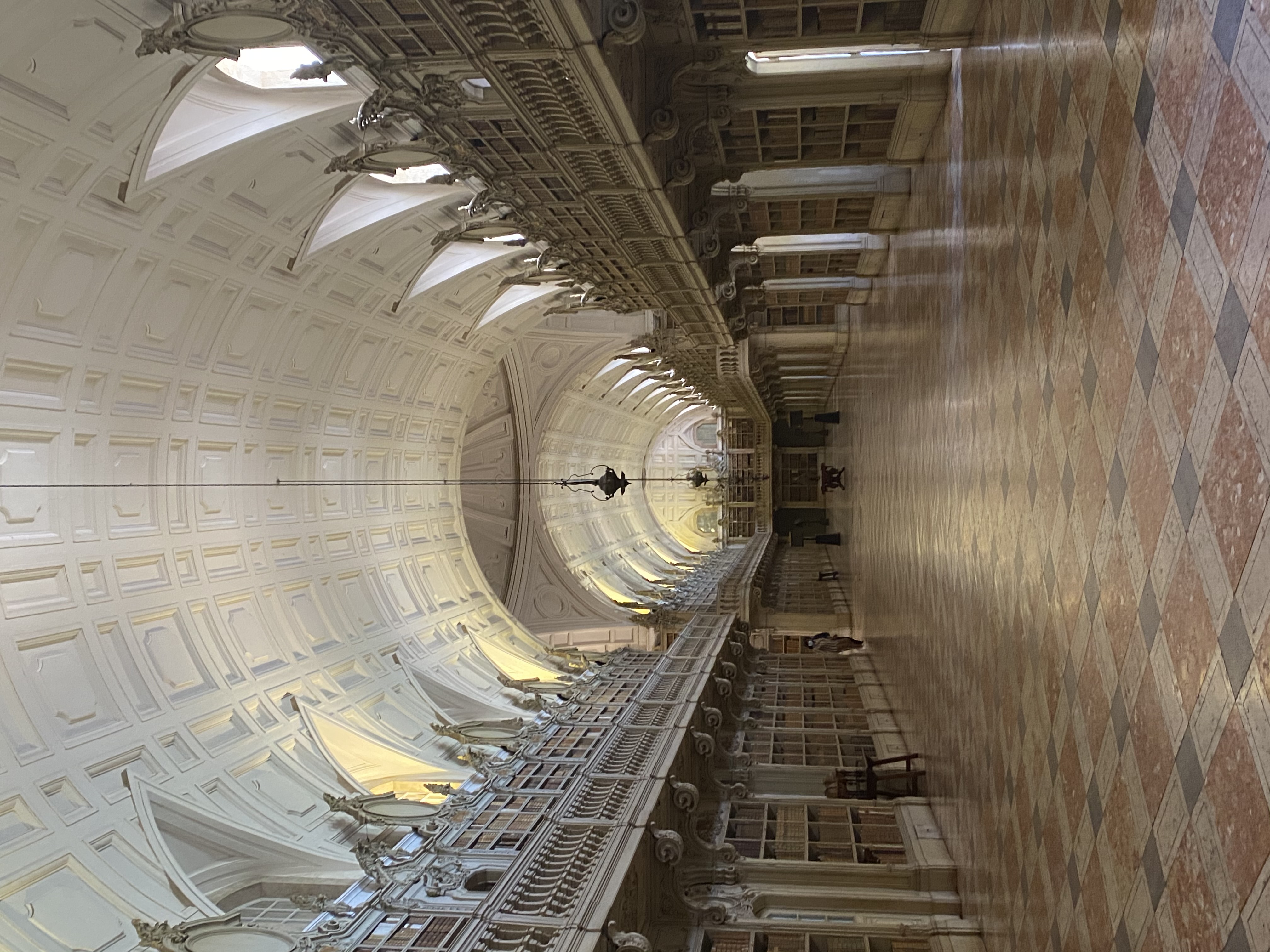
Our project Echo As Logic began by taking the presence of bats at the Mafra Palace Library as a conceptual framework and starting point. Their cultural agency as archive conservators and the bat-library symbiotic relation clearly illustrates the role of animals in the constitution of human culture.




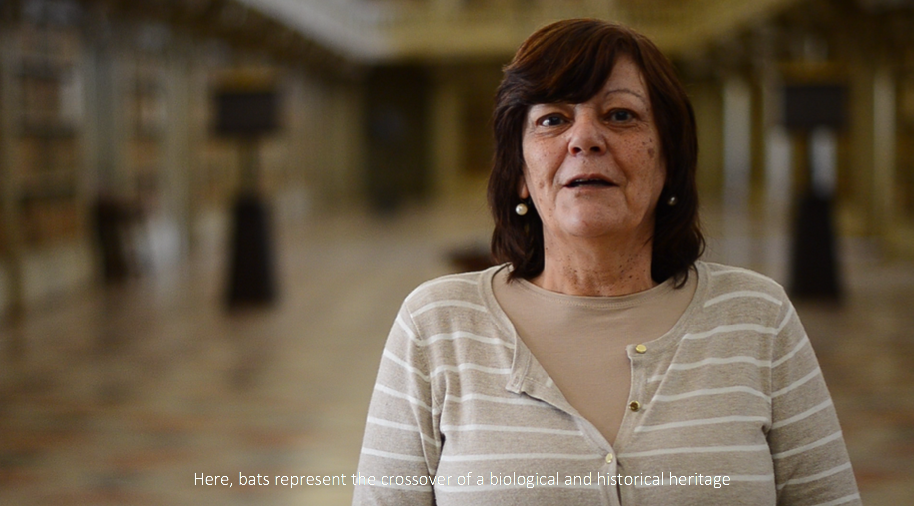

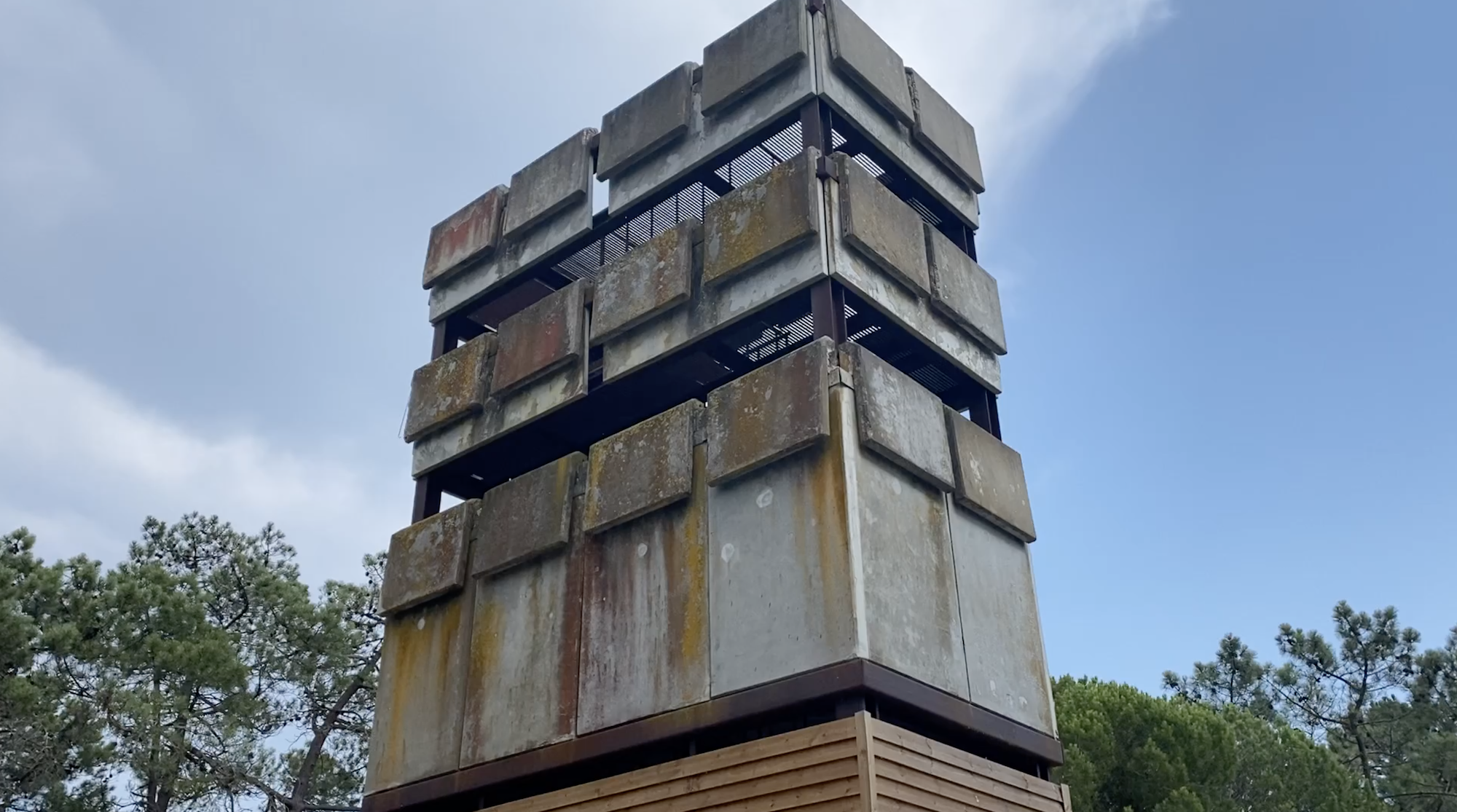
The Torralta Towers was a project implemented during the Portuguese dictatorship which was already concerned with the development of the peninsula for tourism. The project was never completed and only 2 of the 6 originally intended brutalist towers ended up being erected. They were briefly occupied by humans before being demolished in 2005. During the occupation, there had already been accounts of bats in the building meaning that since its inception there had been some sort of juxtaposition in terms of species inhabiting the towers. After it was confirmed that the bats inside belonged to an endangered species, the company responsible for the project had to come up with a solution for the colony before the implosions took place. As it turns out, that was the only known colony of such species in Portugal at the time. Since then, several other colonies have been discovered and we couldn’t help but wonder if the shelter would have been erected without that initial sense of conservational urgency. That’s how the bat- shelter in Tróia, as an object of study in our film, came about.

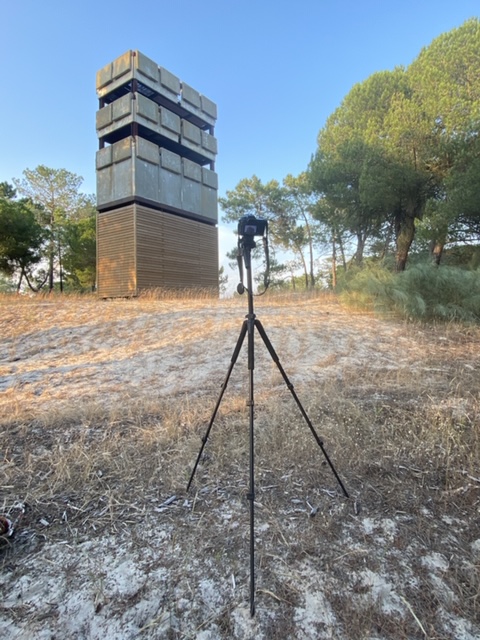




We also felt that somehow a continued engagement with the topic would mitigate a solely extractivist resolution to the subjects examined - it was never about just capturing bats on camera so how can we sustain and previously existent but further developed respect for such indispensable creatures?



